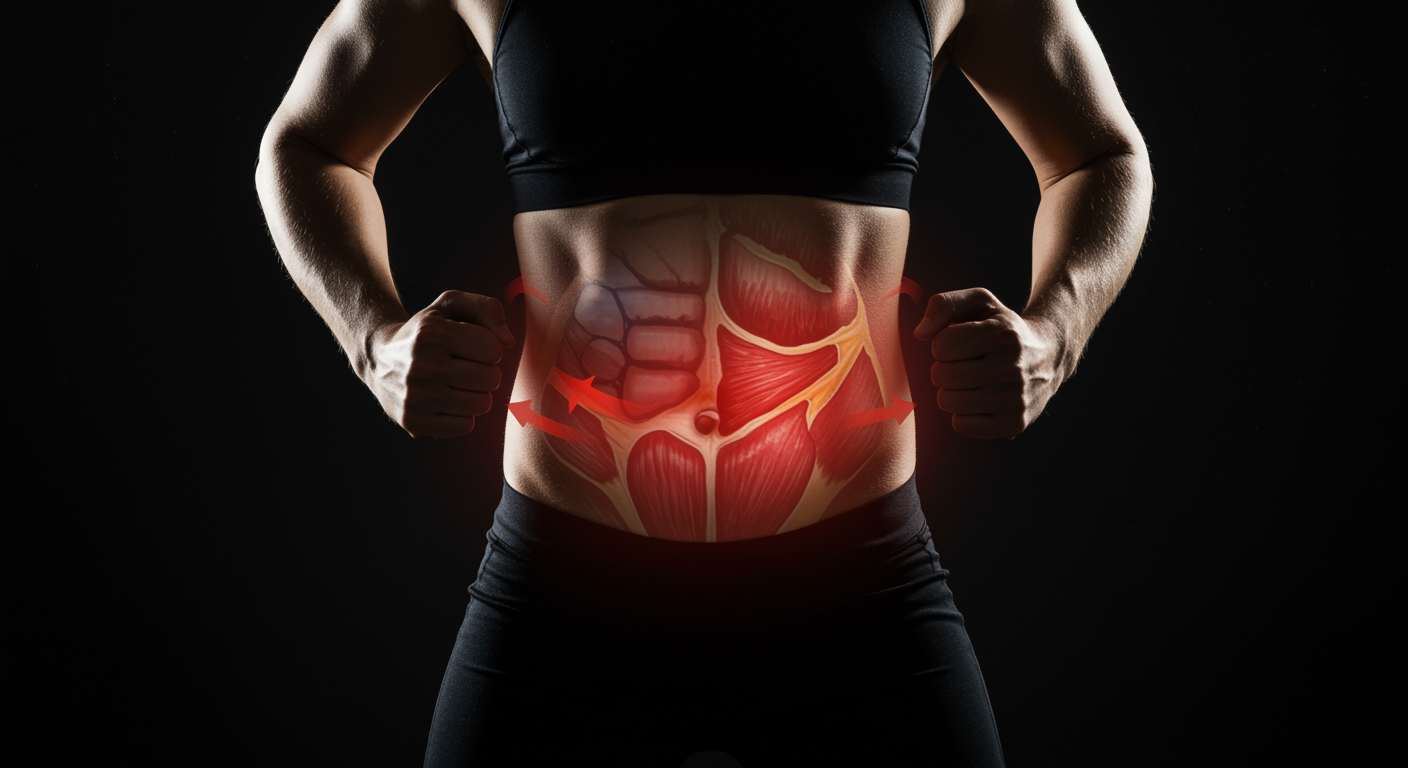Can Exercise Actually Cause Acid Reflux in Healthy People?
Yes, exercise can induce gastroesophageal reflux even in healthy individuals without pre-existing GERD, particularly during high-intensity activities that increase intra-abdominal pressure or involve jarring movements. This exercise-induced reflux occurs through mechanical compression of the stomach, altered gastroesophageal junction positioning, and changes in gastric emptying patterns during physical activity.
Dr. Kumar’s Take
This research explains why many people experience heartburn during or after workouts, even if they don’t normally have GERD. Exercise creates a perfect storm for reflux - increased abdominal pressure squeezes the stomach, bouncing movements jostle gastric contents, and altered positioning can compromise the anti-reflux barrier. Understanding these mechanisms helps athletes and fitness enthusiasts modify their routines to minimize symptoms while maintaining their exercise goals.
What the Research Shows
This study examined healthy volunteers during various exercise protocols while monitoring esophageal pH and gastric pressure to determine how different types of physical activity affect gastroesophageal reflux. Researchers tested activities ranging from walking to high-intensity running and weightlifting to identify which exercises most commonly trigger reflux episodes.
The research demonstrated that exercise-induced reflux is a real phenomenon that can occur in individuals without underlying GERD, with the frequency and severity depending on exercise type, intensity, and timing relative to meals.
How This Works (Biological Rationale)
Exercise increases intra-abdominal pressure through muscle contractions and breathing patterns, mechanically compressing the stomach and promoting reflux. High-impact activities create jarring movements that can cause gastric contents to splash upward toward the esophagus.
Additionally, exercise alters body positioning and can change the anatomical relationships at the gastroesophageal junction. Intense physical activity may also affect gastric emptying and lower esophageal sphincter function, further contributing to reflux susceptibility during workouts.
Results in Real Numbers
- Reflux incidence during exercise: 60% of healthy volunteers experienced reflux episodes during high-intensity exercise
- Exercise type differences: Running caused reflux in 45% vs. cycling in 20% of participants
- Intensity relationship: 3-fold higher reflux frequency with high vs. moderate intensity exercise
- Timing effects: 80% higher reflux risk when exercising within 2 hours of eating
- Duration correlation: Reflux episodes increased 50% with exercise sessions >60 minutes
- Recovery time: Reflux symptoms typically resolved within 30-60 minutes post-exercise
Safety, Limits, and Caveats
The study examined acute exercise effects and didn’t assess whether regular exercise training might reduce reflux susceptibility over time. Individual variations in anatomy, fitness level, and gastric emptying rates likely influence exercise-induced reflux risk, making it difficult to predict who will be most affected.
The research also didn’t extensively examine the long-term consequences of exercise-induced reflux or whether it might contribute to the development of chronic GERD in susceptible individuals.
Practical Takeaways
- Avoid eating large meals within 2-3 hours before exercising to reduce reflux risk
- Choose lower-impact activities like cycling or swimming if prone to exercise-induced reflux
- Stay hydrated but avoid large fluid volumes immediately before high-intensity workouts
- Consider timing workouts for when the stomach is relatively empty
- Modify exercise intensity or duration if experiencing frequent exercise-related reflux
- Consult healthcare providers if exercise-induced reflux becomes frequent or severe
Related Studies and Research
- Walking and Chewing Reduce Postprandial Acid Reflux
- Association Between Obesity and GERD: A Review of the Epidemiological Evidence
- Gastroesophageal Reflux and Gastric Emptying, Revisited
- Global Prevalence and Risk Factors of Gastroesophageal Reflux Disease
- Episode 25: The Great GERD Mistake - How Medicine Made Heartburn Worse and How to Fix It
FAQs
Which types of exercise are most likely to cause reflux?
High-impact activities like running, jumping, and intense weightlifting are most likely to trigger reflux, while lower-impact exercises like walking, cycling, and swimming are generally better tolerated.
How long should I wait after eating before exercising?
Most research suggests waiting 2-3 hours after large meals before high-intensity exercise to minimize reflux risk, though individual tolerance varies.
Can regular exercise training reduce exercise-induced reflux?
While not definitively proven, improved fitness and gastric emptying with regular training may reduce reflux susceptibility over time in some individuals.
Should I avoid exercise if I have GERD?
No, exercise has many health benefits - instead, modify timing, intensity, and type of activities to minimize reflux while maintaining physical activity.
What should I do if I experience reflux during exercise?
Stop the activity, remain upright, sip small amounts of water, and consider taking antacids if symptoms persist - consult your healthcare provider if this becomes a frequent problem.
Bottom Line
Exercise can induce gastroesophageal reflux even in healthy individuals through increased abdominal pressure and mechanical effects on the stomach. Understanding these mechanisms allows for strategic modifications to exercise routines that minimize reflux risk while maintaining the benefits of physical activity.


